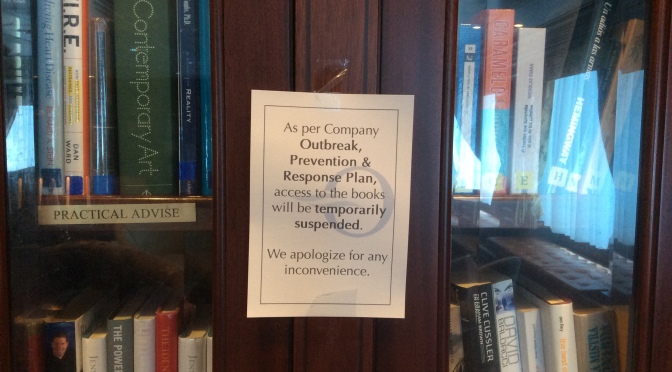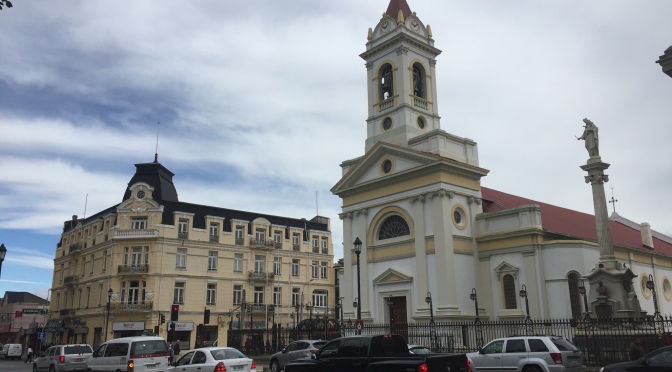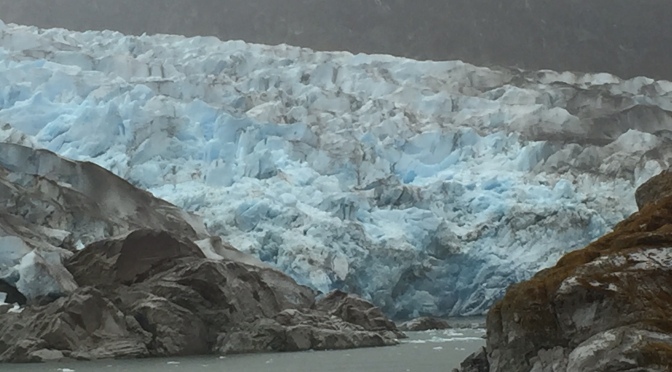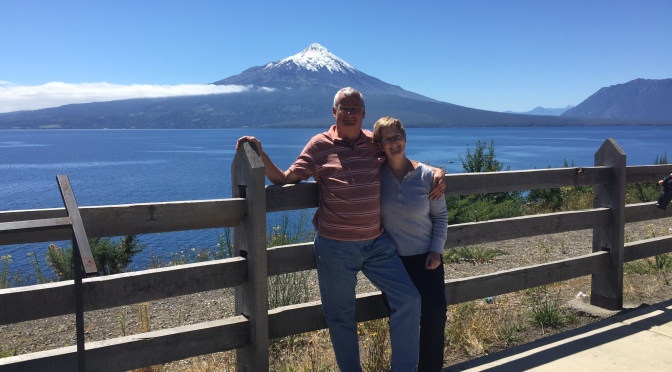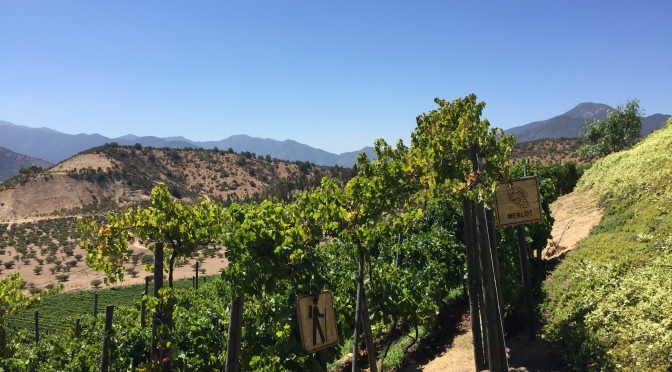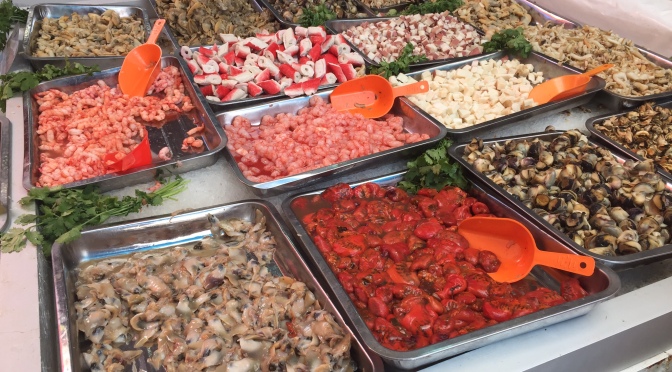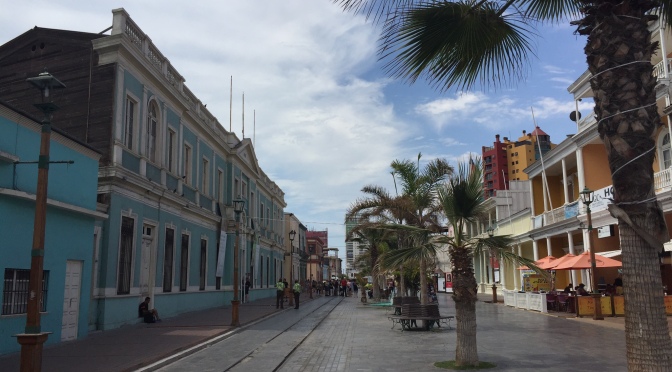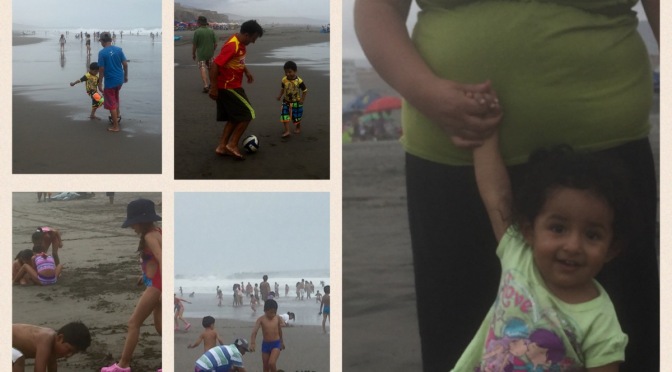Almost as soon as we left Lima the captain started reminding us to use the hand sanitizers we were given and to use those at the entrance to every venue we enter or leave. Each announcement became more and more anxious, encouraging people who were having “GI episodes” to go to the infirmary. On day 4 the laundry was closed for the rest of the cruise and they locked all the books away in the library on day ten. The crew are working overtime to spray carpets with disinfectant, wash hand rails, chairs, etc. and even the place mats are changed in the cafe with each new guest (and no salt and pepper on the tables). Public washroom doors are stuck open so that we don’t have to touch the door handles and it is taboo to shake hands! Stern warnings come twice daily from the captain to people who had been quarantined to stay in their rooms or be thrown off the ship. One morning a couple went into the Terrace Cafe to eat and they were escorted out by two officers. There are no “quarantine” signs on our cabin doors, but it is obvious that the staff and neighbouring cabins are reporting those who dare to disobey the rules.
It actually got a little scary because the captain told us that each port is provided with the report from CDC and they can prevent the ship from docking given a high % of people ill. As I write this we are just 3 days from our last port and the crew are still vigilant but the captain has told us that there are only a handful of cases amongst the guests (however we understand that many of the crew are now confined to their rooms).
To ease the frustration, the captain gave us all an unscheduled treat – he steered the boat around Cape Horn around daybreak. He had evidently hoped to be able to tender to shore so that we could have our passports stamped but the wind was much too strong and we couldn’t even get in close enough for me to get a good shot of the lighthouse or sculpture marking the spot. I did, however, get a great shot of the small islands jutting out beside the horn – at dawn.
The next day was a huge disappointment for all…we couldn’t anchor off of the Falkland Islands, The wind was just so high and, with no protection around the islands, the captain said that it was too risky to tender in. He said that, even if we got in, we might not be able to return to the ship that night, given the forecast for even bigger gusts. Evidently passengers from a ship a few years previously had the opportunity to enjoy the hospitality of the Falkland Islanders for just that reason – many on couches or on the floor of their homes!
The tour operator with whom we had booked to go and see the penguins and historical sights was not surprised. it seems that the weather often creates havoc with their business.
So…we are now in our fourth day at sea and very much looking forward to arriving in Punta Del Este, Uruguay tomorrow. We have, however, enjoyed the excellent onboard lecturer (DrDonKlein.com), the gym and steamroom, and a couple of afternoon “wine tastings” with three other couples in our rooms. We downed quite a bit of the wine we all bought onshore in Chile and Argentina. The bottle of “LOVE” was deemed the best Malbec of the two day tasting!
